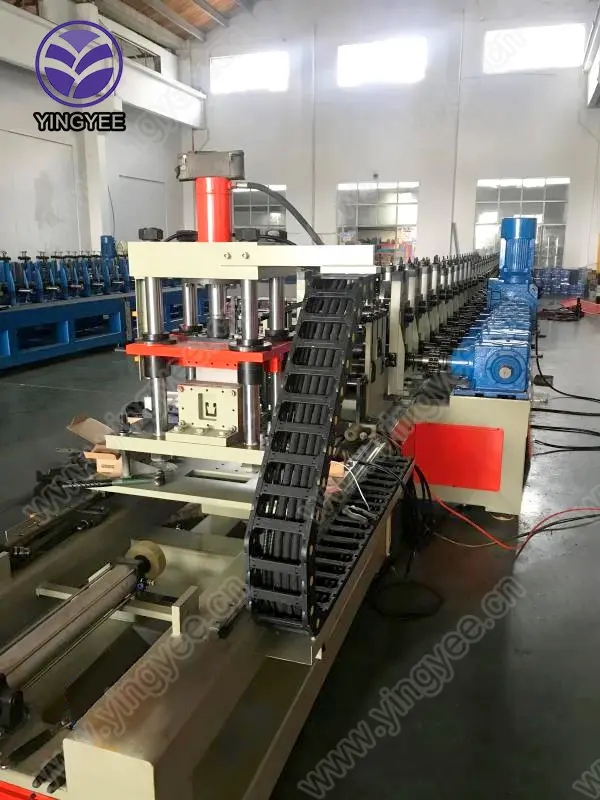
The Role of Cold Bending Machines in the Production of Noise Barriers
In the modern age of urban development, the quest for efficient noise reduction has led to the increased use of noise barriers alongside highways, railways, and construction sites. These barriers serve the critical function of shielding communities from the disturbances caused by traffic and industrial activities. As the demand for effective noise mitigation grows, so does the necessity for advanced manufacturing equipment, particularly cold bending machines, which play a vital role in the production of noise barriers.
Understanding Noise Barriers
Noise barriers are structures designed to block or deflect sound waves, thereby reducing noise pollution in populated areas. Typically made from various materials such as concrete, metal, or wood, their design and construction need to meet specific engineering standards to ensure their efficacy. As urban areas expand and the number of vehicles on the road increases, the importance of noise barriers becomes more pronounced, necessitating a robust production process that can efficiently create durable and acoustically effective barriers.
Cold Bending Technology Explained
Traditionally, metal components required considerable heating to be shaped and formed. However, advancements in manufacturing technology have introduced cold bending machines, which enable the shaping of metals at room temperature. This process not only reduces energy consumption but also preserves the material's properties, leading to a higher-quality final product. The cold bending process enhances the structural integrity of materials, ensuring that noise barriers can withstand the rigors of environmental exposure while maintaining their functionality.
The Advantages of Cold Bending Machines
1. Energy Efficiency Cold bending requires significantly less energy than hot processes since no pre-heating of the materials is needed. This efficiency contributes to lower production costs and a reduced carbon footprint.
2. Material Preservation Cold bending minimizes distortion and helps maintain the intrinsic properties of metals. This results in noise barriers that are not only effective but also long-lasting, requiring less maintenance over their lifespan.

3. Versatility Cold bending machines can handle a variety of materials, including aluminum, steel, and composite materials, allowing for customization in design. This versatility is crucial for meeting the specific acoustic and aesthetic requirements for different projects.
4. Precision Manufacturing The technology employed in cold bending machines offers highly accurate control of the bending process, ensuring a consistent and uniform product. This level of precision is essential in noise barrier production, where even small discrepancies can affect performance outcomes.
5. Rapid Production Increased automation and sophisticated programming within modern cold bending machines facilitate faster production rates. This capability is particularly beneficial in large-scale projects that demand quick turnaround times to minimize community disruption.
The Future of Noise Barrier Production
As cities continue to expand and noise pollution remains a pressing issue, the role of cold bending machines in the production of noise barriers will become increasingly important. Innovations in machine design and manufacturing processes will likely lead to even more efficient and effective noise mitigation solutions. Additionally, there is a growing emphasis on eco-friendly manufacturing practices, prompting the development of sustainable materials and processes that integrate seamlessly with cold bending technology.
The integration of smart technology and automation into cold bending machines is also on the horizon, which could revolutionize the way noise barriers are produced. By utilizing data analytics and machine learning, manufacturers can optimize their production processes and reduce waste, contributing to a more sustainable industry.
Conclusion
Cold bending machines are indispensable in the manufacturing of noise barriers, facilitating the production of efficient, durable, and high-quality structures essential for urban living. As technology advances, the ongoing development in cold bending techniques will further enhance the ability to tackle noise pollution, ultimately contributing to healthier and more livable spaces for communities around the world. The future of urban comfort may very well depend on these innovative machines and the solutions they provide.